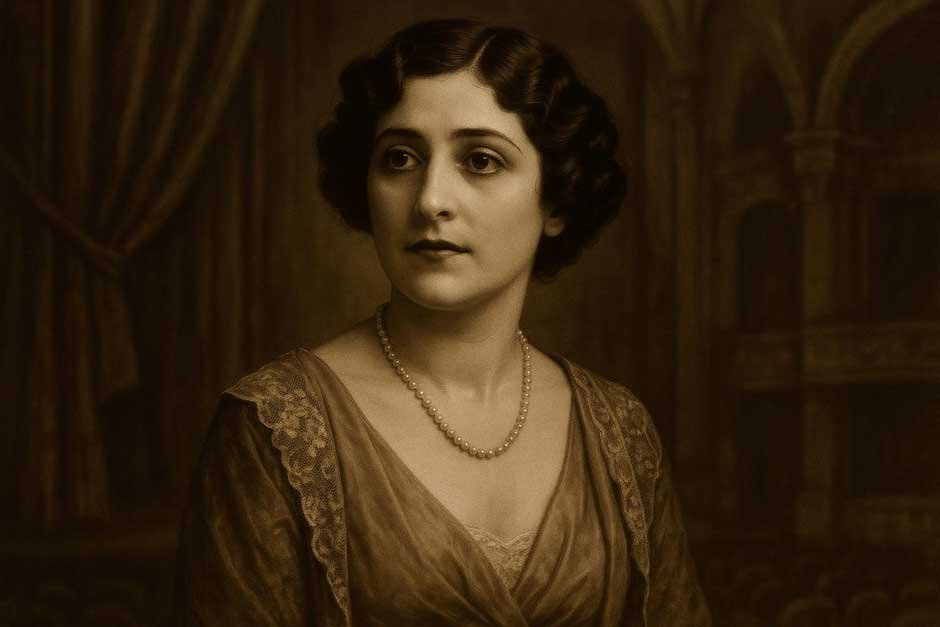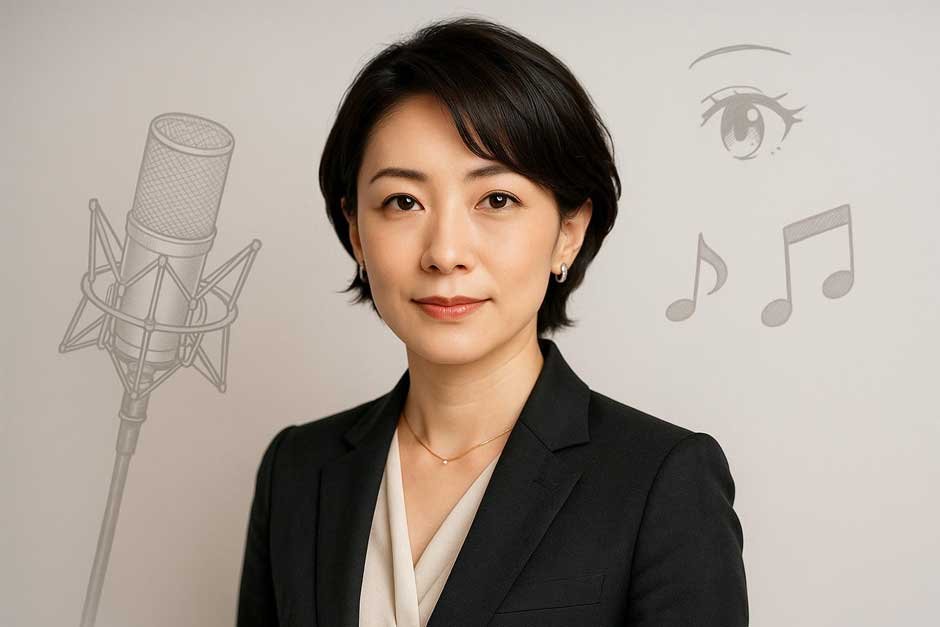When we think about the golden age of American theatre, names like Clara Gold often get overlooked. Yet this extraordinary performer, professionally known as Gold Klara, left an indelible mark on entertainment history that deserves recognition today.
Clara’s story begins in 1888 New York City, where she was born into a working-class immigrant family. What makes her journey so compelling isn’t just her rise to fame, but how she navigated the complex world of early 20th-century entertainment while staying true to her cultural roots.
Her three-decade career in Yiddish theatre and recording industry tells us something important about American cultural diversity. At a time when mainstream entertainment was largely dominated by established performers, Clara carved out her own space and thrived.
Early Life and Immigration Journey
Clara’s childhood was anything but ordinary. Born to a house painter father in bustling New York City, her family faced the same struggles that countless immigrant families encountered in the late 1800s.
Life in America proved challenging for the Gold family. When Clara was still very young, they made the difficult decision to return to Lemberg, Austria-Hungary (now Lviv, Ukraine). This wasn’t unusual – many families tried America, found it too difficult, and went back home.
Growing up in Lemberg gave Clara something special though. She received a European education that would later set her apart from other performers. The cultural richness of her European years shaped her understanding of character and storytelling.
But America kept calling. When Clara turned thirteen, her family decided to give the New World another try. This time, they were determined to make it work. That second crossing of the Atlantic would change everything for young Clara.
Breaking into Theatre
Getting into show business wasn’t easy for a young immigrant girl, but Clara had something going for her – family connections. Her cousin Tsila Gold saw potential in Clara and helped her land her first job as a chorus girl at the Windsor Theatre.
Those early years at the Windsor were like boot camp for aspiring performers. Clara spent countless hours learning the ropes, watching seasoned actors, and developing the stage presence that would become her signature.
The real breakthrough came when Clara started working the vaudeville circuit around New York. These variety shows were where performers cut their teeth, and Clara quickly discovered she had a natural gift for comedy and character work.
Joining the actors’ union marked a turning point in Clara’s career. Suddenly, she wasn’t just another hopeful performer – she was a professional actress with access to better roles and more prestigious productions.
Rise to Prominence in Yiddish Theatre
Clara’s specialization in character roles quickly distinguished her from other performers in the competitive Yiddish theatre scene. Her ability to embody diverse characters with authenticity and humor made her a sought-after actress for major productions.
Her first significant breakthrough came through her collaboration with Hershel Zuckerberg in New York, where she demonstrated her versatility across different types of productions. This partnership established her reputation as a reliable and talented performer.
The Liberty Theatre became a second home for Clara, where she worked alongside renowned figures like Julius Adler and Serotsky. Her two-season tenure at this prestigious venue solidified her position among the elite of Yiddish theatre performers.
Clara’s success in New York led to opportunities in Philadelphia, where she spent two seasons working with Hershel Zuckerberg. These performances expanded her audience base and demonstrated her ability to connect with diverse Jewish communities across different cities.
Recording Career and Musical Legacy
Clara’s move into recording happened almost by accident. In 1916, Victor Records invited her to make some test recordings as a solo singer. While that first disc never saw the light of day, it opened doors she never expected.
By 1917, Clara was regularly recording for both Victor Records and Columbia Records. These weren’t just any recordings – they were preserving Yiddish theatre for people who couldn’t make it to live shows. In many ways, Clara was helping to document an entire culture.
Her partnership with actor Gus Goldstein became legendary in Yiddish entertainment circles. Together, they brought the character Yente Telebende to life in ways that still influence how we think about Jewish humor today.
Between 1922 and 1923, Clara expanded her recording work with OKeh Records. Some recordings featured her comedy partnership with Goldstein, while others showcased her solo talents. Her final recording session with Victor Records in July 1929 marked the end of an era.
The Golden Age of Performance
The 1920s represented the peak of Clara’s theatrical career, coinciding with the golden age of Yiddish theatre in America. During this period, she performed in numerous productions that showcased her range as a character actress.
Her work at the Prospect Theatre with Charles Groll and Abie Adler demonstrated her ability to adapt to different directorial styles and production approaches. These collaborations enriched her artistic development and expanded her professional network.
Clara’s performances at the Lyric Theatre under A. Lillian’s direction further established her reputation for comedic excellence. Her ability to deliver both subtle character work and broad comedy made her invaluable to theatre companies seeking versatile performers.
Throughout this golden period, Clara maintained her association with the Liberty Theatre, working with Anshel Schorr in what would become some of her most memorable performances. These productions cemented her legacy as one of the premier character actresses of her generation.
Later Career and Continued Impact
The Great Depression brought significant challenges to the entertainment industry, but Clara adapted by continuing her stage work while the recording industry struggled. Her resilience during this difficult period demonstrated her commitment to her craft and her audience.
In 1930, Clara appeared in a production at the Odeon Theatre on Clinton Street alongside Nellie Casman, showing her ability to work with other prominent performers of her era. This collaboration highlighted her continued relevance in the evolving theatre scene.
Her 1931 performances in Detroit expanded her geographical reach and introduced her talents to new audiences. These touring productions helped maintain the vitality of Yiddish theatre during economically challenging times.
From 1932 onwards, Clara became a regular cast member at the Liberty Theater under Louis Birnbaum’s management. Her consistent presence at this venue provided stability for both her career and the theatre’s programming during uncertain times.
Cultural Significance and Legacy
Clara Gold’s contribution to American entertainment extends far beyond her individual performances. She played a crucial role in preserving and transmitting Yiddish culture to American audiences during a critical period of cultural transition.
Her work helped bridge the gap between Old World traditions and New World opportunities, making Yiddish theatre accessible to both immigrant communities and broader American audiences. This cultural mediation was essential for maintaining Jewish identity in America.
Through her recordings, Clara ensured that Yiddish theatrical traditions would be preserved for future generations. Her audio legacy provides invaluable insight into the performance styles and cultural expressions of early 20th-century Jewish-American communities.
Clara Gold passed away on December 12, 1946, and was buried in the Yiddish Theatrical Alliance section at Mount Hebron Cemetery in Flushing, Queens. Her final resting place among fellow performers reflects the tight-knit community of artists who shaped American entertainment history.
Today, Clara Gold’s legacy lives on through archives and collections that preserve her recordings and document her contributions to American theatre. Her story continues to inspire performers and cultural historians who recognize the importance of preserving diverse artistic traditions in American entertainment.














